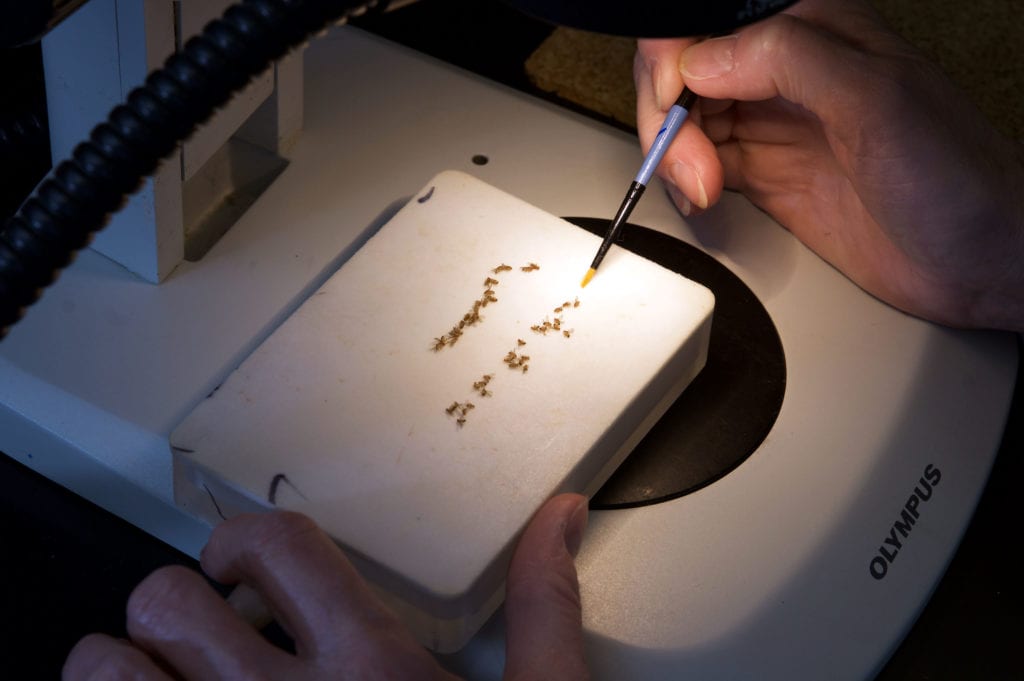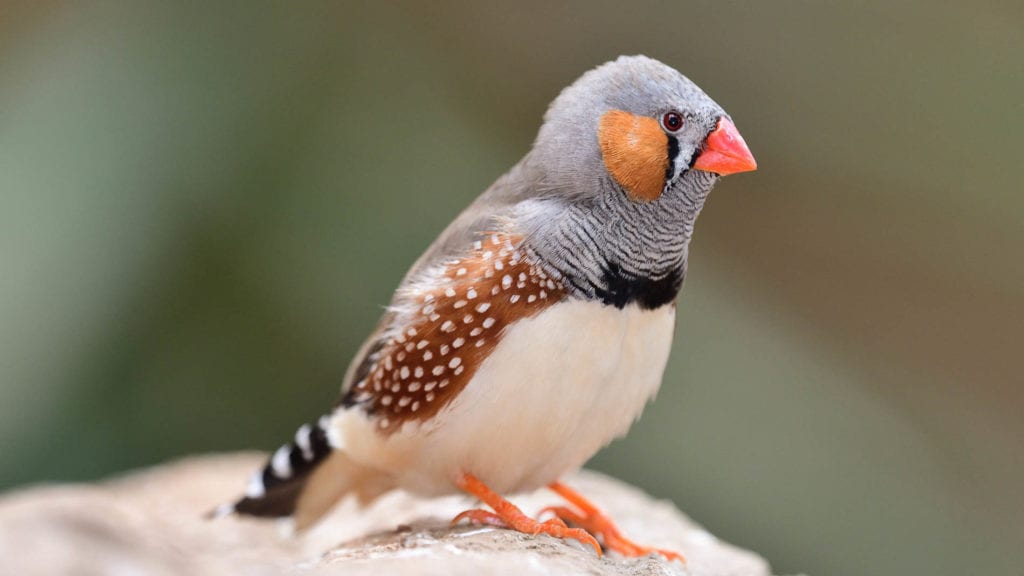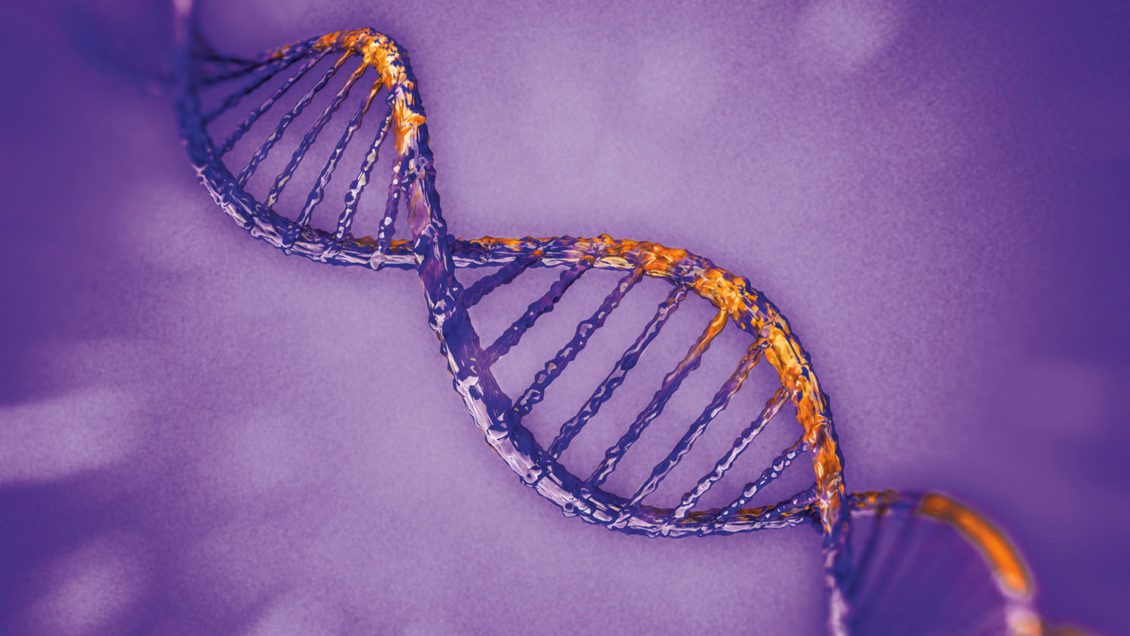It’s time to celebrate the molecular machinery that makes you uniquely you.
April 25 is DNA Day, an event celebrating two seminal discoveries in genetics. Seventy years ago, American biologist James Watson and English physicist Francis Crick first described the structure of deoxyribonucleic acid molecules as a double helix resembling a twisted ladder. Exactly 50 years later, scientists completed the Human Genome Project, a landmark effort to sequence and map all the genes that compose the human genome.
To commemorate the occasion, here are some interesting facts about DNA.
Recipe for life
DNA is like a code containing the genetic information that makes you, you. The code has four chemical building blocks: adenine, thymine, cytosine and guanine, abbreviated with the letters A, T, C and G. The letters of your genome (which is all of a person’s DNA) combine in different ways to spell out instructions for making proteins, which carry out specific functions in your body. About 99.9% of your DNA sequence is identical to any other human. It’s the 0.1% that causes differences in characteristics such as eye, skin and hair color and risks for certain diseases.

The fruit fly in you
Although humans and fruit flies look nothing alike, they are surprisingly alike genetically. About 60% of the genes of the common fruit fly, Drosophila, are found in humans. Around 75% of genes that cause human disease are conserved in fruit flies. That’s why many scientists, including world-renowned geneticist Trudy Mackay and others at the Clemson University Center for Human Genetics, use flies as a model to understand complex trait genetic basis. Mackay led an international team that sequenced more than 200 fruit fly genomes. These lines have been used in over 100 labs worldwide to map fly genes for phenotypes relevant to human health and disease.
Healing one’s self
Remember the Terminator, the Arnold Schwarzenegger character that could repair itself when injured? Our DNA is like that, too. During replication, a cell copies its entire genome so that when it splits in two, each daughter cell contains all genetic information. Sometimes human DNA is damaged by naturally occurring processes or environmental factors such as sunlight. Fortunately, cells have repair pathways to fix the damage so faulty DNA is not passed on to the daughter cells. Jennifer Mason, an assistant professor in the Department of Genetics and Biochemistry, studies how cells repair DNA damage and what happens when those processes go wrong.

Less time, less money
In 1990, a group of international researchers set out to create a map of the DNA code that makes up the human genome. It was no small task. Each person has two sets of 3 billion bases. Thirteen years and about a billion dollars later, the Human Genome Project generated the first sequence of the human genome. With technological advances, sequencing the human genome now costs less than $1,000. Now, there’s an effort called the Vertebrate Genomes Project to generate near error-free reference genome assemblies of all of the world’s approximately 70,000 extant vertebrate species. Clemson Department of Genetics and Biochemistry Chair David F. Clayton and Associate Professor of Biological Sciences Julia George were involved in sequencing the zebra finch, a species of bird they’ve been researching for 30 years.
The scene of the crime
In a lab in the basement of Clemson’s Jordan Hall, middle and high school students perform gel electrophoresis to compare DNA found at a “crime scene” to the suspect’s DNA. The “detectives” are participants in one of the lab field trips offered by the Science Outreach Center. In real life, prosecutors presented DNA evidence in a U.S. court for the first time in 1987. It helped convict a serial rapist. DNA has also been used to free the wrongly convicted.
The College of Science pursues excellence in scientific discovery, learning and engagement that is both locally relevant and globally impactful. The life, physical and mathematical sciences converge to tackle some of tomorrow’s scientific challenges, and our faculty are preparing the next generation of leading scientists. The College of Science offers high-impact transformational experiences such as research, internships and study abroad to help prepare our graduates for top industries, graduate programs and health professions. clemson.edu/science
Get in touch and we will connect you with the author or another expert.
Or email us at news@clemson.edu

